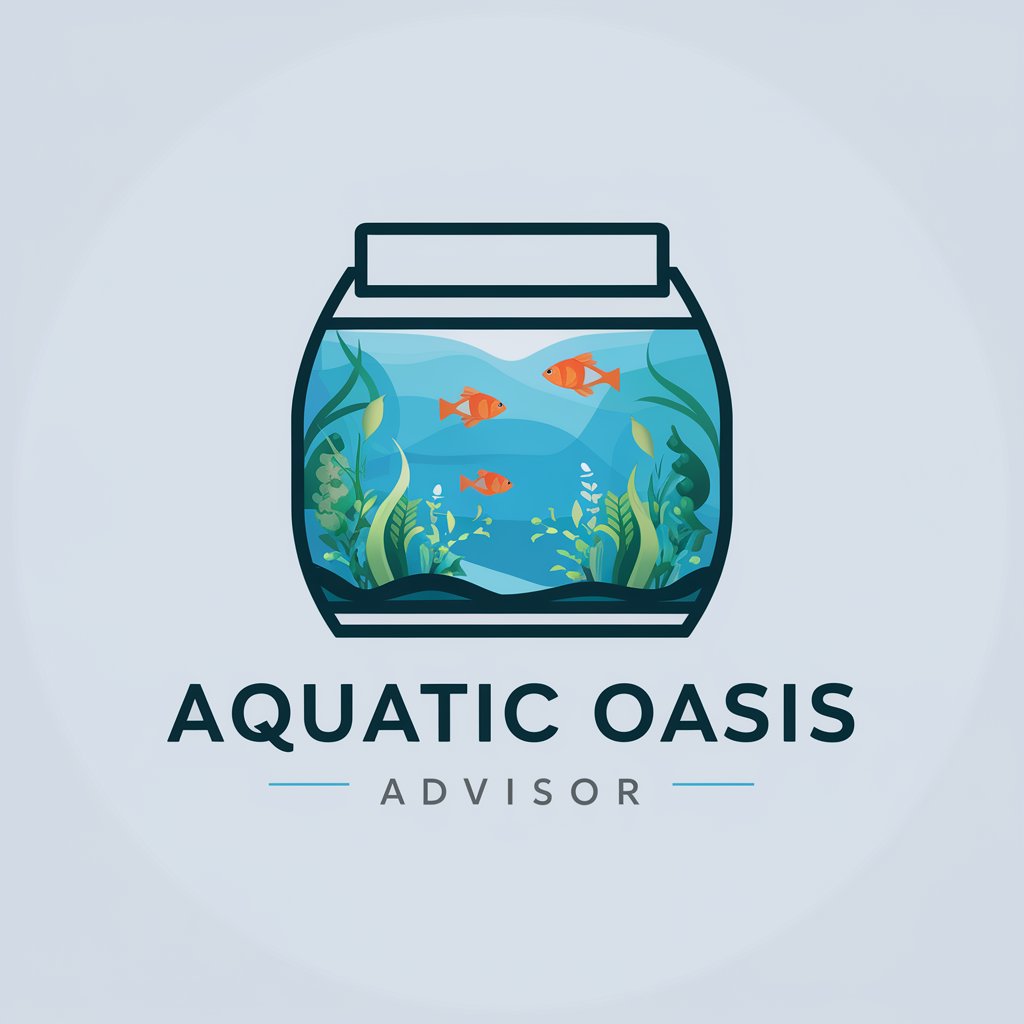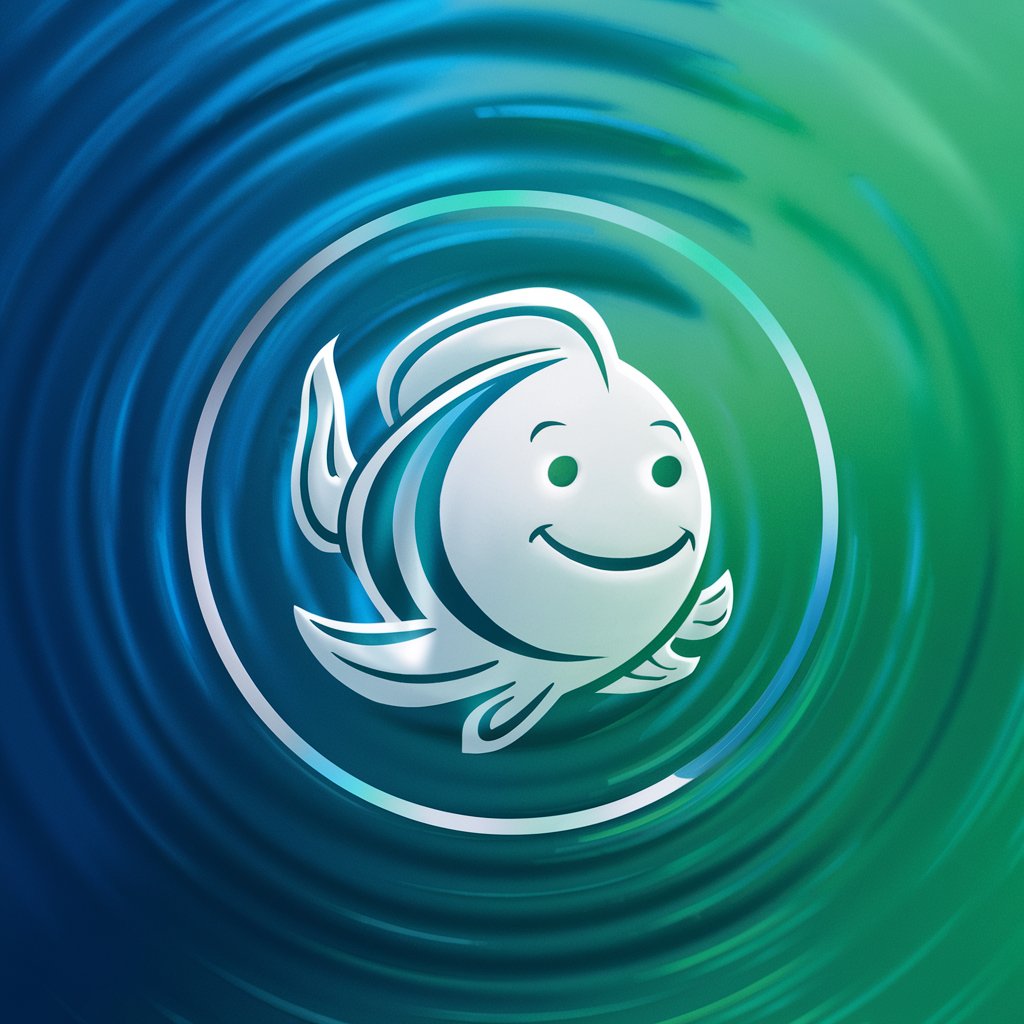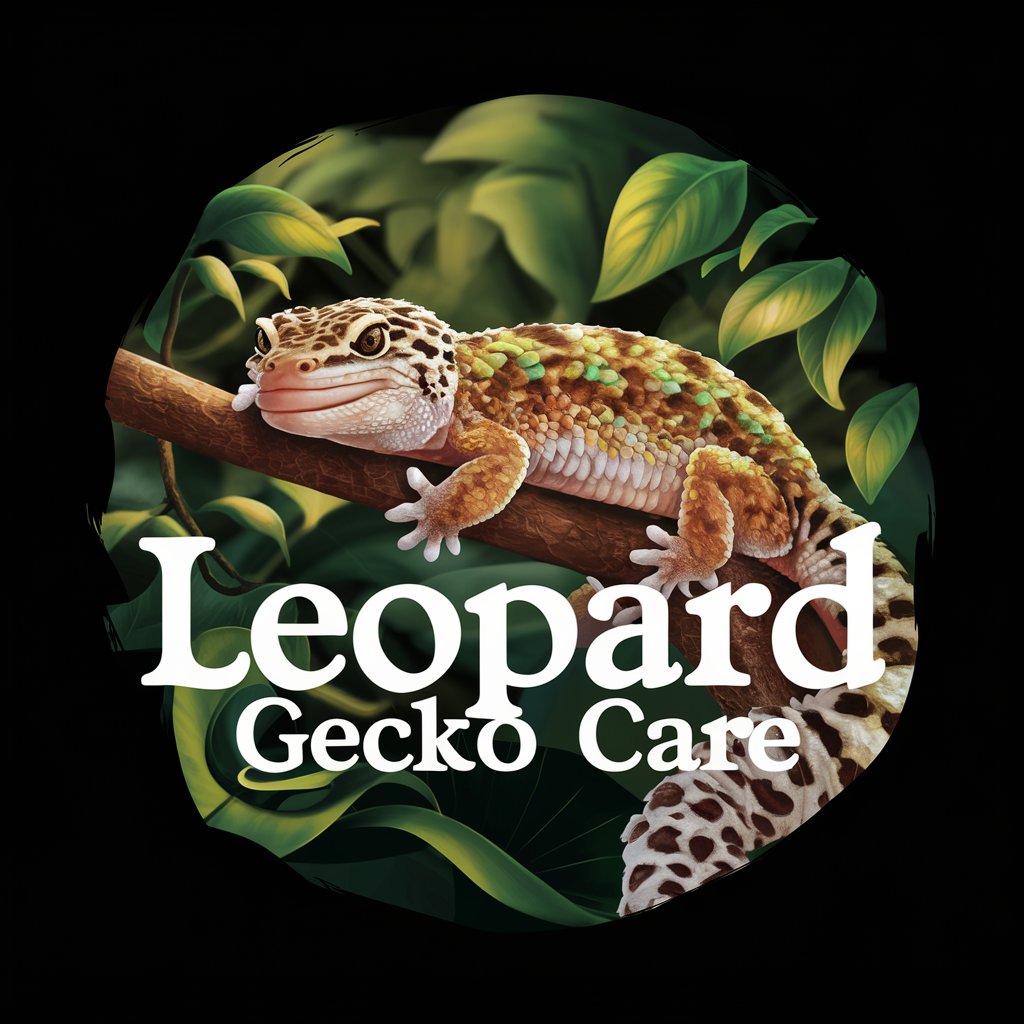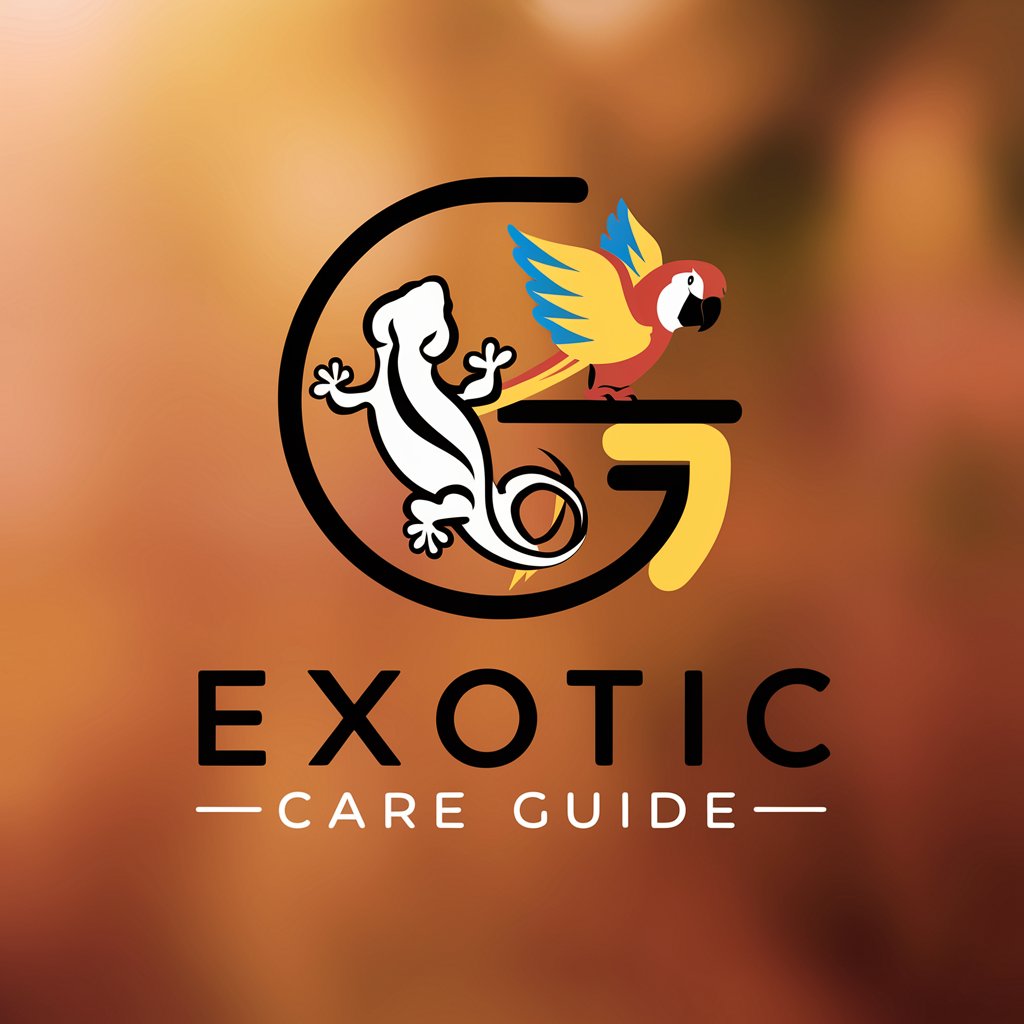
Axolotl Care Guide - Axolotl Care Guidance
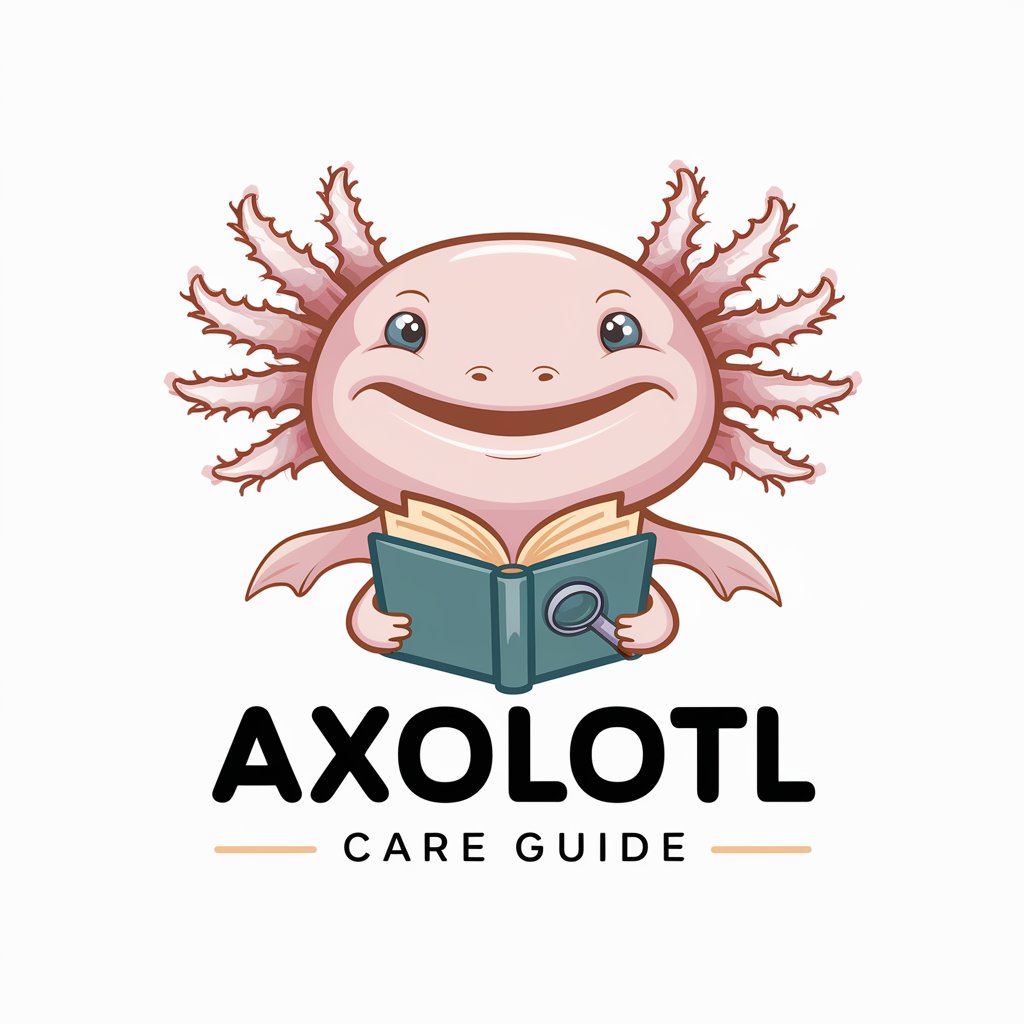
Hello! How can I help with your axolotl care today?
Expert care for your axolotl, powered by AI
How do I set up the perfect tank for my axolotl?
What should I feed my axolotl for optimal health?
How can I tell if my axolotl is sick?
What are the best practices for cleaning an axolotl tank?
Get Embed Code
Introduction to Axolotl Care Guide
Axolotl Care Guide is a specialized GPT model designed to provide expert, comprehensive advice and information on the care of axolotls, a unique species of salamander that remains aquatic its entire life. Tailored to address the specific needs and questions of axolotl enthusiasts, from beginners to advanced hobbyists, this model offers detailed insights into best practices for axolotl maintenance, health, diet, and habitat setup. For example, if an axolotl owner is concerned about their pet's lack of appetite, Axolotl Care Guide can provide a nuanced understanding of potential causes and solutions, drawing on a wide range of factors such as water quality, stress levels, and dietary preferences. Powered by ChatGPT-4o。

Main Functions of Axolotl Care Guide
Dietary Recommendations
Example
Advising on a balanced diet that meets nutritional needs, considering age and health.
Scenario
A user asks about the best food for a juvenile axolotl, emphasizing the need for growth support. Axolotl Care Guide suggests a diet rich in protein, including live food options like bloodworms, and explains the importance of calcium for developing bones.
Habitat Setup and Maintenance
Example
Guidance on creating an optimal living environment, focusing on temperature, filtration, and substrates.
Scenario
A user inquires about setting up a new tank for their axolotl. Axolotl Care Guide provides detailed steps for tank setup, including the ideal temperature range (16-18°C), the necessity of a gentle filtration system to avoid strong currents, and the recommendation of fine sand or bare bottom to prevent ingestion of harmful materials.
Healthcare and Disease Prevention
Example
Identifying symptoms of common illnesses and preventive measures.
Scenario
A concerned owner notices their axolotl showing signs of stress and potential fungal infection. Axolotl Care Guide outlines symptoms to watch for, suggests immediate water quality improvements, and recommends consulting a veterinarian with experience in amphibians.
Ideal Users of Axolotl Care Guide
Beginner Aquarists
Individuals new to axolotl care who seek foundational knowledge on setting up a suitable habitat, choosing the right diet, and understanding basic health care needs. They benefit from step-by-step guidance and troubleshooting tips to ensure a healthy start for their axolotls.
Experienced Hobbyists
Veteran aquarists looking to deepen their understanding of axolotl-specific care requirements, advanced breeding techniques, or rare health issues. They value the nuanced advice that can help optimize their care practices and enhance their axolotls' well-being.
Educational Institutions
Schools and universities that keep axolotls for study or as part of biology curricula can access detailed, scientifically-backed information to support the care of their specimens, providing a practical learning experience for students.

How to Use Axolotl Care Guide
1
Start by accessing the service at yeschat.ai for a complimentary trial, without the necessity for logging in or subscribing to ChatGPT Plus.
2
Type your question or describe the situation regarding axolotl care in the chat interface. Be as specific as possible to receive detailed guidance.
3
Use the provided information to address your axolotl's needs, whether it's related to diet, tank setup, health concerns, or general maintenance.
4
For further clarification or additional questions, feel free to ask follow-up questions. The guide is designed to provide comprehensive answers.
5
Take advantage of the tool's ability to offer personalized advice by sharing details about your axolotl's current conditions, behavior, and any noticeable symptoms.
Try other advanced and practical GPTs
Idea Generator
Unleash Creativity with AI

Product Title & Description Genie
Magically Transforming Product Stories
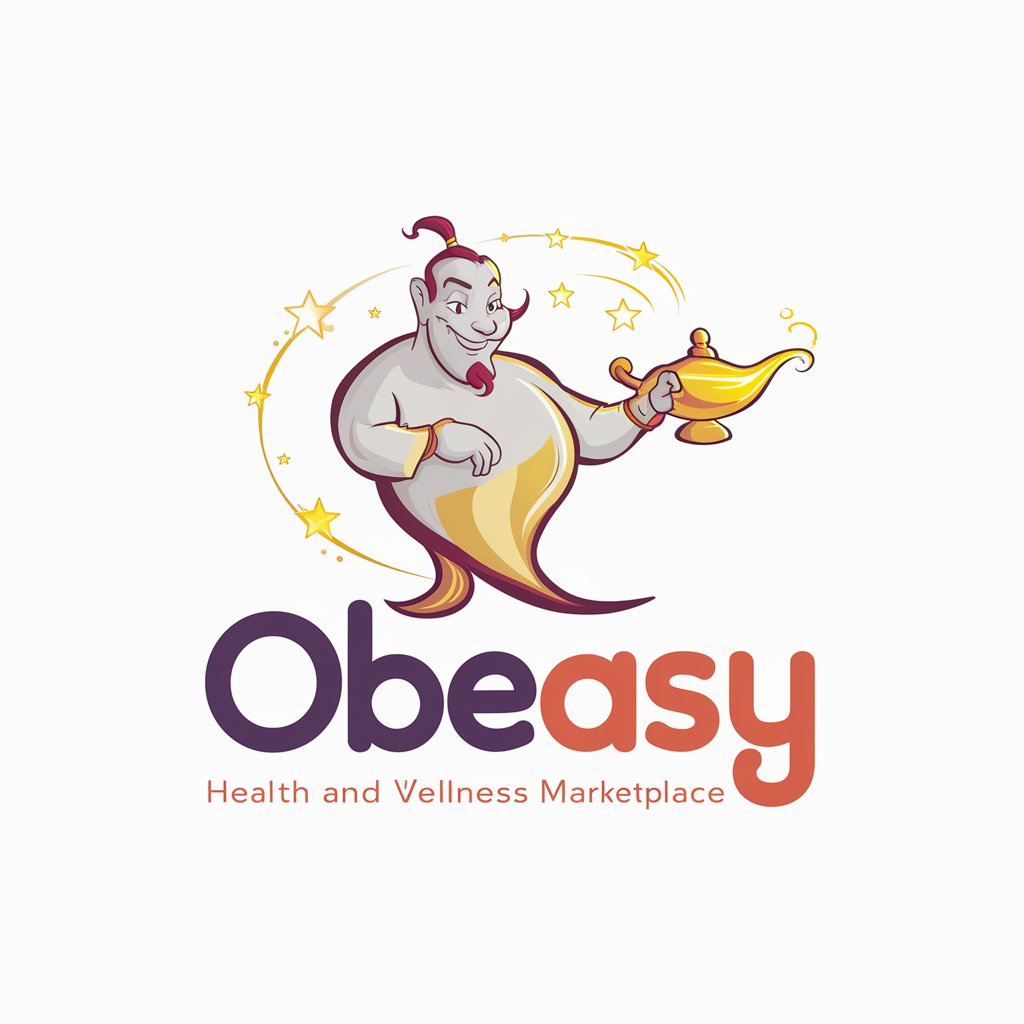
Ultimate Death Match
Epic battles, AI-powered humor.

Yo' Momma GPT
Reviving Wit with AI-Powered Humor

Joke Assist AI
Crafting Laughter with AI

Meme Generator
Unleash Creativity with AI-Powered Memes
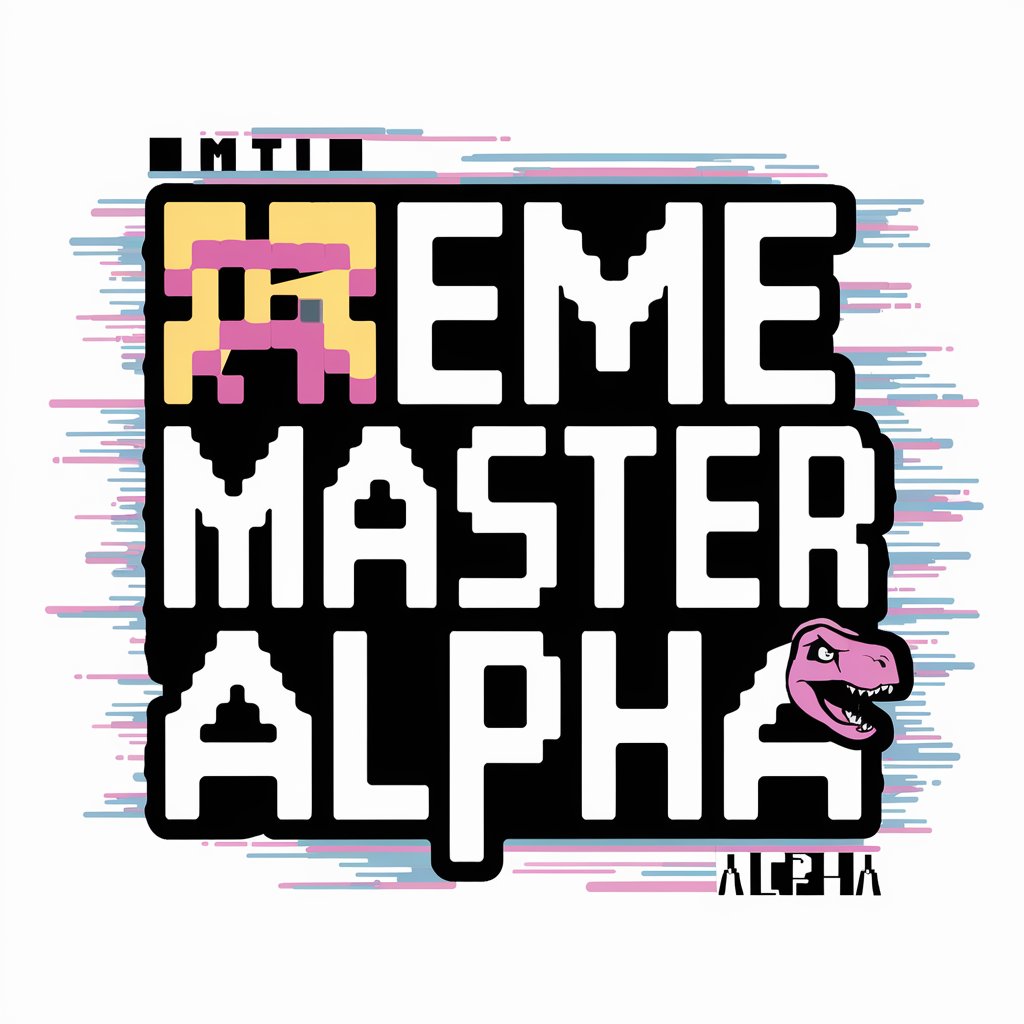
Plant Doctor
Empowering Your Green Thumb with AI

Persona Maven
Empower Development with AI-Powered Personas

DSP GPT
Empower Creativity with AI

Image Replicator
Replicate and Transform Images with AI

SATisfied | AI-Powered SAT & ACT Mastery Tool
Empower Your Test Prep with AI

Law Simple
Simplifying Legal Jargon with AI

Axolotl Care Guide Q&A
What temperature should my axolotl's tank be?
Axolotls thrive in cooler water temperatures, ideally between 60-64°F (16-18°C). It's crucial to maintain stable temperatures to prevent stress and health issues.
How often should I feed my axolotl?
Juvenile axolotls require daily feeding, while adults can be fed every 2-3 days. Offer a diet of live worms, pellets designed for axolotls, and occasional treats like shrimp.
What are the signs of an unhealthy axolotl?
Indicators include lack of appetite, listlessness, floating or sinking abnormally, frayed gills, and lesions on the skin. Early detection and treatment are key to recovery.
Can axolotls live with other fish or axolotls?
Axolotls are best kept alone or with other axolotls of similar size. They may view smaller fish as food and larger fish may nip at their gills.
How do I set up an axolotl tank?
A minimum 20-gallon tank is recommended for one axolotl, with a fine substrate to prevent ingestion, hides for shelter, a filter for clean water, and no strong lighting.
